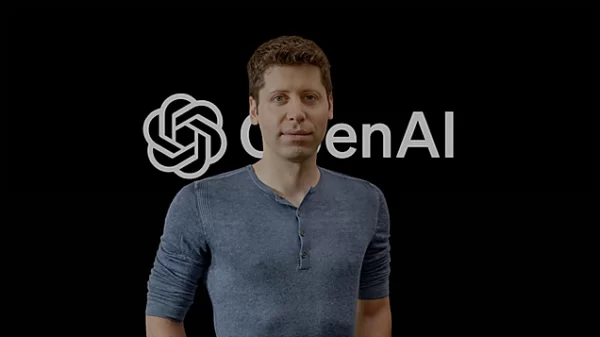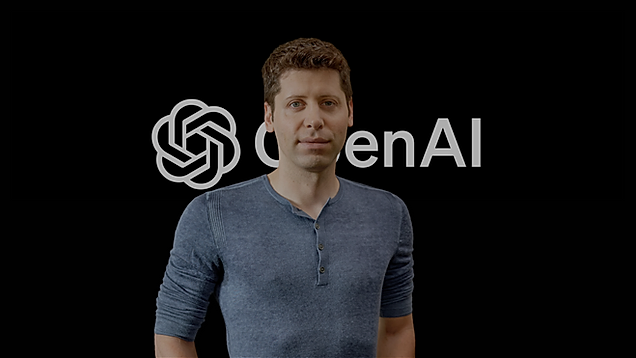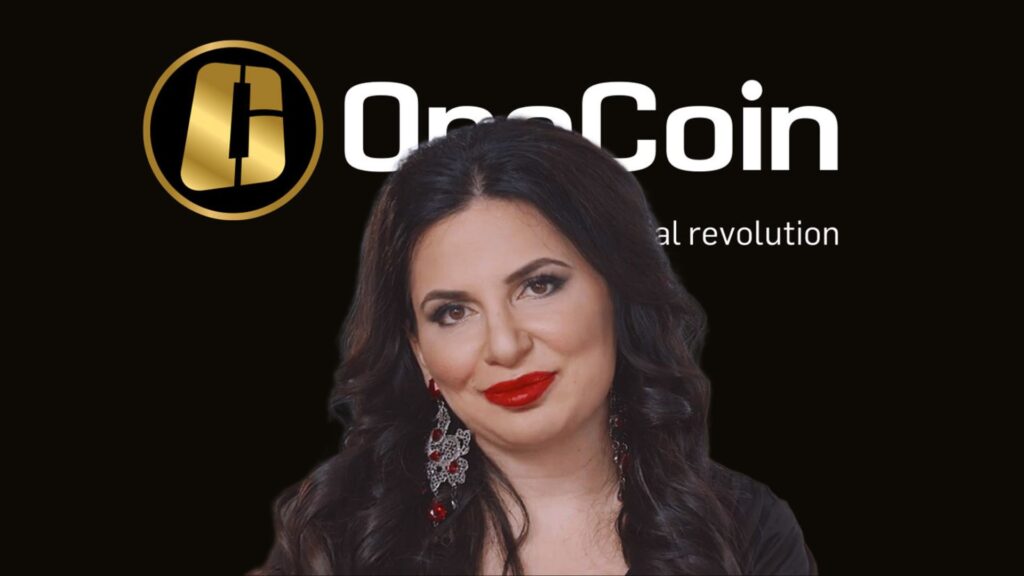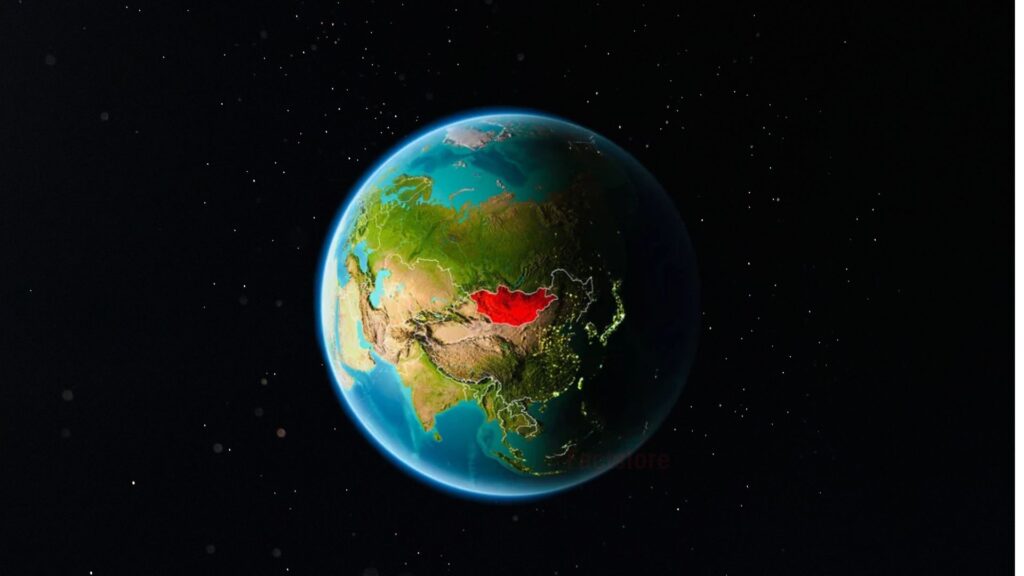The impact of the internet on humanity is unquestionable, as it stands as one of the most remarkable creations ever devised. However, have you ever wondered about its inner workings? Who claims ownership of it? Where can it be found? And who ensures its continuous operation? Today, let’s explore the internet, its pioneers, the organizations that keep it running, its present, and its future.
Internet’s Origins
The revolution ignited in 1969 when the US Defense Department’s branch, the Advanced Research Projects Agency (ARPA), funded researchers to develop the groundwork for internet communication as we know it today. Initially, they connected computers across several universities, giving birth to ARPANET. Over the following years, ARPANET expanded, linking an increasing number of computers and ultimately serving as a catalyst for the modern internet.

Two decades later, the internet received another significant boost from the brilliant mind of Sir Tim Berners-Lee, an English computer scientist working at CERN in Geneva. Hired to address the compatibility issues arising from different networks and CERN’s system, Berners-Lee devised an ingenious solution: the World Wide Web.
It’s important to note that although the terms “internet” and “web” are often used interchangeably, they represent distinct concepts. The internet serves as the underlying infrastructure of the network, while the web functions as a means of accessing information over the internet. Berners-Lee’s visionary creation provided the foundation upon which most websites operate, unifying the internet and making it universally accessible. Remarkably, Berners-Lee chose not to patent his invention, forgoing personal riches in favor of fostering the growth and development of his revolutionary creation.
The Intricate Network of Connectivity
Today, the modern internet spans an extensive network of interconnected nodes across the globe. Naturally, this prompts the question: how does the internet actually connect us all? While cables traverse vast oceans to link countries together, this concept is not entirely new. The laying of cables dates back to 1854 when construction began on the first transatlantic telegram cable. Surprisingly, this process represents a relatively simple engineering feat considering the complexity of the technology involved. Each cable primarily comprises optical fibers enveloped in protective materials. As of 2017, approximately 420 cables, spanning over 1.1 million kilometers, have been deployed globally.
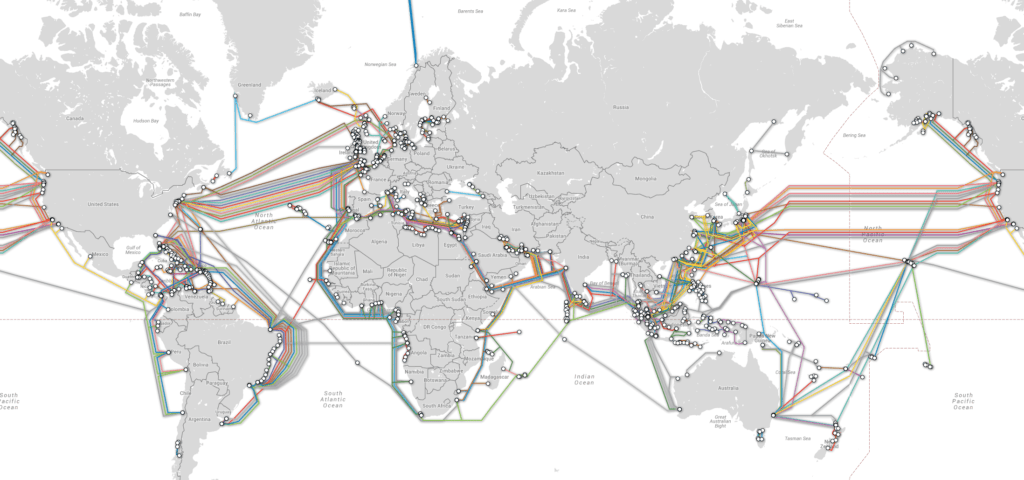
So, how does it work? The process begins as a ship embarks on a mission to connect one country to another. On the seafloor, sea plows meticulously lay the cable, creating a trench for its secure placement. Over time, natural ocean currents contribute to burying the cable, shielding it from potential hazards. Yet, the vulnerability of these cables becomes apparent when encountering uneven terrain, where the cables risk surfacing and becoming exposed to potential damage from ship anchors or natural disasters. In 2008, such an unfortunate event occurred, resulting in a disruption that briefly severed approximately 60% of India’s and 70% of Egypt’s internet services. Despite the occasional setbacks caused by damaged cables, repairs are diligently undertaken worldwide to ensure uninterrupted connectivity.
It’s intriguing to ponder the internet’s physical vulnerability. However, it’s vital to recognize that the internet’s resilience lies in its intricate design, with numerous redundant routes enabling traffic to bypass a single point of failure. Recent technological advancements, such as satellite networks encircling the Earth, have further mitigated the risk of losing connectivity by providing internet access from the skies. Beyond the transoceanic cables, a complex system of cables traverses our countries, connecting directly to our doorsteps. Yet, it’s important to acknowledge that access to cable connections is contingent on living in a region affluent and populous enough to support such infrastructure.
Who Owns the Internet?
The internet, as a whole, continues to expand, and approximately half of the global population has access to it. Therefore, we have yet to witness the complete transformation of the internet as mass adoption reaches its peak. The question of who owns the internet is a complex one. Technically, no single entity or individual can claim ownership of the internet—it belongs to everyone and no one. The internet operates as a decentralized network, comprised of voluntary connections between various networks. Consequently, no government or governing body possesses full control over the internet. However, governments can exert influence over their citizens’ internet access through regulations that impact internet service providers (ISPs) within their respective nations. For instance, China has imposed restrictions on its citizens’ access to YouTube.
In 2016, the United States government officially transferred ownership of the internet’s domain name database to a body known as the Internet Corporation for Assigned Names and Numbers (ICANN). ICANN has overseen this database for the past two decades, signifying a shift towards returning ownership to the public. ICANN operates as an independent organization, consisting of a multi-stakeholder community. This means that ICANN seeks input from the internet community regarding changes and strives to maintain transparency in its operations. While ICANN may not be a familiar name to most people, this non-profit organization plays a crucial role in ensuring internet security. Specifically, they manage the Domain Name System (DNS) by assigning web addresses.
Managing the Domain Name System entails ensuring that when you enter a web address like www.google.com, the response you receive comes from the authentic Google website, rather than a fraudulent imitation created by malicious individuals. Every three months, a group of trusted community members convenes to perform a ritual that renews and safeguards the DNS system for the following three months. These ceremonies are conducted under strict security measures, including the presence of guards, safes, cages, and alarms. In fact, the alarms are so sensitive that during one ceremony, a door slamming triggered the seismic sensor, inadvertently trapping people in one of the cages. An evacuation had to be carried out to free them.
Key Security and Distribution
The master key, essential to the functioning of the system, is securely stored in a cryptographic device. If this device is dropped or tampered with, all of its contents are erased. Fragments of keys are distributed among trusted members, ensuring that no individual can possess the complete master key. The collaboration of at least five of these individuals is required to create the master key. At the core of this new system lies a single master key, which is controlled by seven smart cards locked inside two highly secure deposit boxes—one on the East Coast and another on the West Coast. The keys to these boxes are scattered worldwide, held by two groups of seven online security experts.
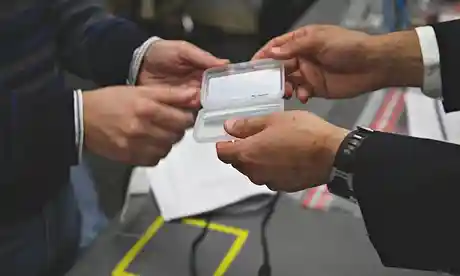
This organization is merely one of the entities contributing to the seamless functioning of the internet, although it is not the sole entity involved. There exists a plethora of others, including the Internet Engineering Task Force and the World Wide Web Consortium, overseen by none other than Tim Berners-Lee. These organizations establish the norms, devise the protocols, and ensure the internet’s safety and accessibility.
The Internet’s Transformative Influence
Undeniably, the internet has permanently transformed our lives, infiltrating numerous aspects. It has empowered individuals to carry the entire compendium of knowledge within the confines of their palms. One can’t help but contemplate how many people have resorted to Google to settle disputes. However, the vastness of information also gives rise to considerable misinformation. Nowadays, it has become considerably easier for individuals to reinforce their own perspectives through confirmation bias, leading to the notorious echo chamber effect. Additionally, the advent of social media has dramatically revolutionized our lives and, some argue, eroded the very foundation of societal functioning.
Read More: The Secret Psychology of TikTok – Why We Can’t Stop Scrolling
Recognizing the Dual Nature of the Internet
As with any technology, the internet carries both positive and negative aspects. However, it is crucial to understand that the responsibility lies with users and their behavior, rather than solely blaming the tools themselves. The internet offers countless benefits, empowering creators, artists, journalists, and others with an unparalleled platform for expression. It has become the lifeblood of content creators, allowing them to share their videos and connect with audiences worldwide.
One enduring series, “Do You Online Now, Guys?” (DONGs), hosted by Michael from Vsauce, showcases the wonders of the internet. This series, a testament to the original marvels of the online world, highlights fascinating topics that organically trend and capture the attention of millions. Such organic trends and communities would have been unimaginable in the pre-internet era, where discoveries were confined to rigid magazines and newspapers, limited to individual readers. The internet’s ability to instantly share, discuss, and build communities around engaging topics has democratized information dissemination, previously exclusive to major media outlets.
Recent events have demonstrated the internet’s power to catalyze change. The French Yellow Vest protest, for example, gained momentum through an online petition, showcasing the ability of online platforms to mobilize and unite people for a cause. Similarly, the WikiLeaks revelations captivated global attention, highlighting the internet’s capacity to disseminate information on a massive scale.
The Future of the Internet
One of the most significant advancements on the horizon is the widespread implementation of 5G technology. 5G promises a substantial increase in internet speed, with experts predicting at least a tenfold improvement compared to current standards. However, concerns have been raised regarding the safety of 5G due to its higher frequencies.
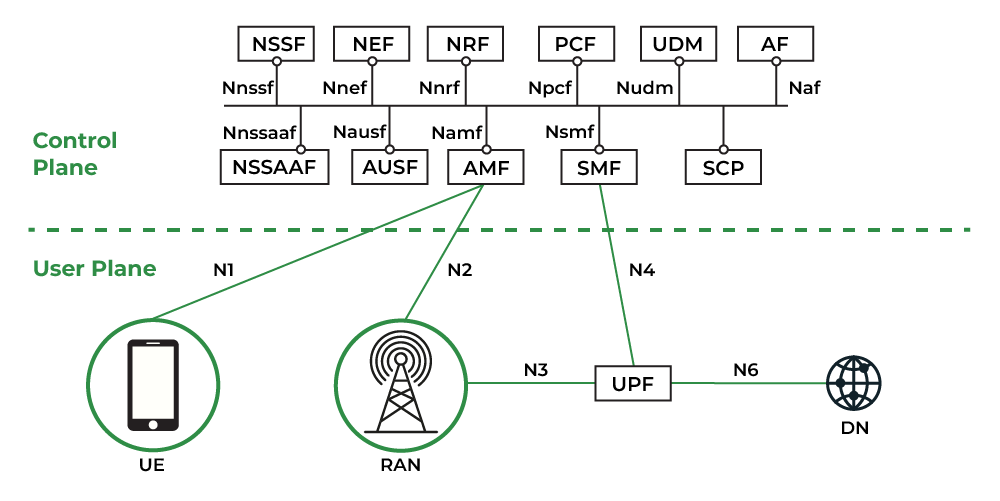
While some scientists and political figures question the safety implications of 5G, it’s important to note that the frequencies produced by 5G are significantly lower than the international limit of 300 gigahertz. This means that the associated health risks are likely to be minimal, providing reassurance for those worried about the potential negative effects of this technology.
Another critical aspect that will shape the internet’s future is the controversial copyright law called Article 13. Recently approved by the European Union, Article 13 has sparked significant debates and concerns about its potential impact on content sharing and production.
Initially, Article 13 raised apprehensions among internet users and creators, as it seemed to threaten small independent content creators and foster unintended consequences. However, since its introduction in 2018, the law has undergone amendments to exclude memes from its scope, alleviating some of the initial fears.
Nevertheless, there are lingering concerns that Article 13 could stifle creativity, hinder the free exchange of ideas, and negatively impact small content creators. It’s important for the majority of internet users to remain vigilant and voice their opinions to ensure that the law’s implementation strikes a fair balance between protecting copyright and promoting innovation.
Ultimately, the future of the internet lies in the hands of its users. We, as the majority, have the power to shape the online landscape and ensure it remains a space that encourages creativity, free expression, and innovation. It’s crucial to remember that the internet is a collective creation, molded by millions of individuals worldwide.
By actively participating in discussions, engaging with policymakers, and advocating for internet rights, we can ensure that the internet continues to be an open and inclusive platform. Together, we can navigate the challenges presented by new technologies and legislation, fostering a vibrant and thriving online community.

